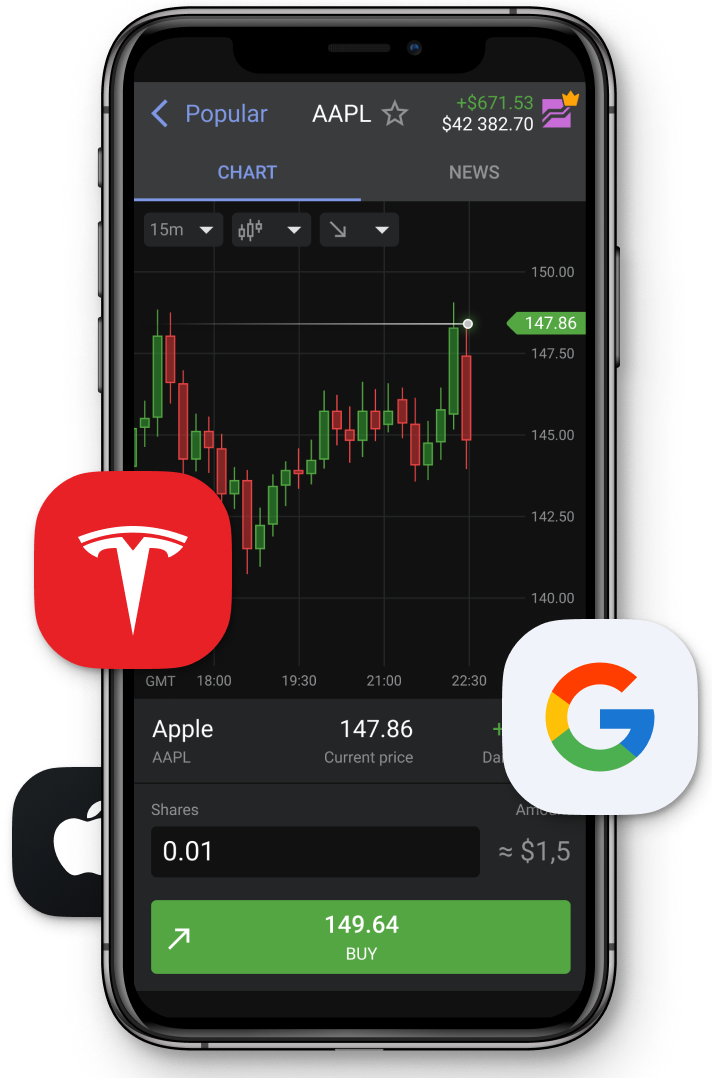It's been a wild ride for stocks this year so far, with rapid early-year gains being quickly wiped out and then some by Trump's "Liberation Day" tariffs back in the spring. Once the dust settled and the trade deals started to roll in, however, the US stock market returned to rampant growth. In fact, from their early April lows, the key indices, the S&P 500 and Nasdaq 100, have gained over 30% and 40%, respectively, to reach new all-time highs on 16 September of $6,614 and $24,342. Then, the market received some much-anticipated good news in the form of the Federal Reserve's first of potentially multiple rate cuts this year. The FOMC opted for just a quarter-point cut this time, which matched the expectations on Wall Street. Stocks initially responded positively to the news but then dipped again before the close of trading today.
Despite this minor setback, it is widely believed that the US stock market will benefit greatly from the regulator's softer monetary policy stance, and it is even hoped that more cuts will be incoming before the year is out. That said, the labour market and inflation remain serious risks for the US economy, as does the geopolitical instability exacerbated by the US president's unpredictability. In this piece, we'll look at the factors likely to impact the prices of equities going forward as we seek to assess how the stock market could shape up in the final quarter of 2025.
Labour Day
One of the biggest obstacles for the Fed to begin its easing cycle has been the need to combat inflation, while balancing its fears for the labour market. Job creation and wage growth have been stagnant to negative for most of the year, while inflation has remained sticky despite significant improvement from the previous year's levels. Investors are now counting on this new dovish central bank policy to help prevent further weakness in the labour market and bring about a "Goldilocks" environment in which rates fall but the economy remains stable. The latest data from the Bureau of Labor Statistics show that US businesses added just 22,000 jobs from July to August, while massive revisions to federal jobs data demonstrate that the hiring rate was uncharacteristically low this past summer.
Meanwhile, the unemployment rate for African-American workers reached 7.5% in August, its highest level since October 2021. This shows that the effect on those on the margins is even stronger. It's not all doom and gloom, however, and it appears as though spending is accelerating, even without the additional impact of the Fed rate cuts. Retail sales were up 0.6% in August, with core retail sales rising 0.7%. These figures are well above expectations and reveal a positive trend that should become even more pronounced with lower interest rates. In each of the 10 cycles since 1982, when the Fed began or resumed rate cuts, the S&P 500 gained an average of 11% over the next 12 months. With at least three cuts now expected this year, the future looks pretty bright for stocks. Should the economy deteriorate, however, stocks trading at already inflated prices will surely become vulnerable.
A changing world
If the Trump presidency so far has taught us anything, it's that the US is not the safe haven that it used to be. The raft of extreme tariffs announced in April has had mixed effects. While some of the trade deals achieved with the UK, EU and Japan have surely helped to provide real long-term value for US corporations, the continuation of punitive levies on products from key producing nations in Asia and South America is really beginning to take its toll on bottom lines and the ordinary consumers who are eating much of the tariff cost themselves.
Apart from the higher prices for electronics and mechanical components coming from China — the impact of which on the wider US tech and manufacturing sectors is surely significant — basic staples like fuel, groceries, and medical products are also becoming prohibitively expensive for the most vulnerable in society. A report from the Yale Budget Lab released earlier this month found that, as of June, core goods prices were 1.9% above pre-2025 trends. After rising 0.7% in July, however, the Bureau of Labor Statistics' Producer Price Index edged down 0.1% in August, which does show some light at the end of the tunnel.
And yet, the elephant in the room remains the weaker US national currency. The dollar has lost more than 10% against the euro and sterling this year and is increasingly less desirable to foreign governments and major institutional investors. In fact, it could be argued that the strong performance of US stocks and gold is partially a result of the weakening of the currency in which these assets are denominated. The effect of the expected three rate cuts is yet to be seen, but it's logical to expect that this will only accelerate the flight from USD, though stocks could, indeed, end up being a short-term beneficiary.
Trade stocks and more CFDs with Libertex
With Libertex, you can trade CFDs on a wide variety of asset classes that include forex, crypto, metals, indices, ETFs, and, of course, stocks. In addition to key US indices such as the Nasdaq 100, S&P 500 and Dow Jones Industrial Average. For more information, go to www.libertex.org/signup today and create an account of your own if you haven't already.





